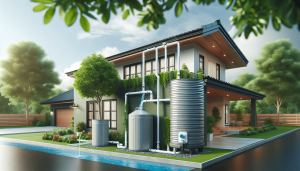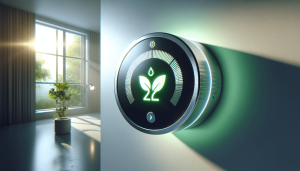Hey there! Welcome to our exploration of “What Are The Benefits Of An Eco-friendly Home?” In this article, we’ll dive into the fantastic advantages an eco-friendly home brings to us, not just for our environment but for our everyday lives as well. Get ready to discover how embracing green living can lead to cost savings, improved health, and a smaller carbon footprint.
Living in an eco-friendly home offers numerous benefits that enrich our lives and our planet. By integrating energy-efficient appliances, sustainable materials, and green building practices, we can significantly reduce our utility bills, helping us save money in the long run. Additionally, these homes often boast better indoor air quality, thanks to reduced pollutants and toxins, which means we breathe easier and stay healthier. Beyond the personal gains, adopting eco-friendly living practices allows us to contribute to a more sustainable future, reducing our environmental impact and fostering a healthier planet for generations to come. Have you ever wondered what the benefits of an eco-friendly home are?
We have too, and we’re excited to explore the myriad advantages that come with adopting sustainable living practices. Building and maintaining an eco-friendly home isn’t just about reducing our environmental footprint; it’s about creating a healthier, more comfortable, and often more cost-effective living space. Let’s dive into the world of eco-friendly homes and discover all the benefits together.
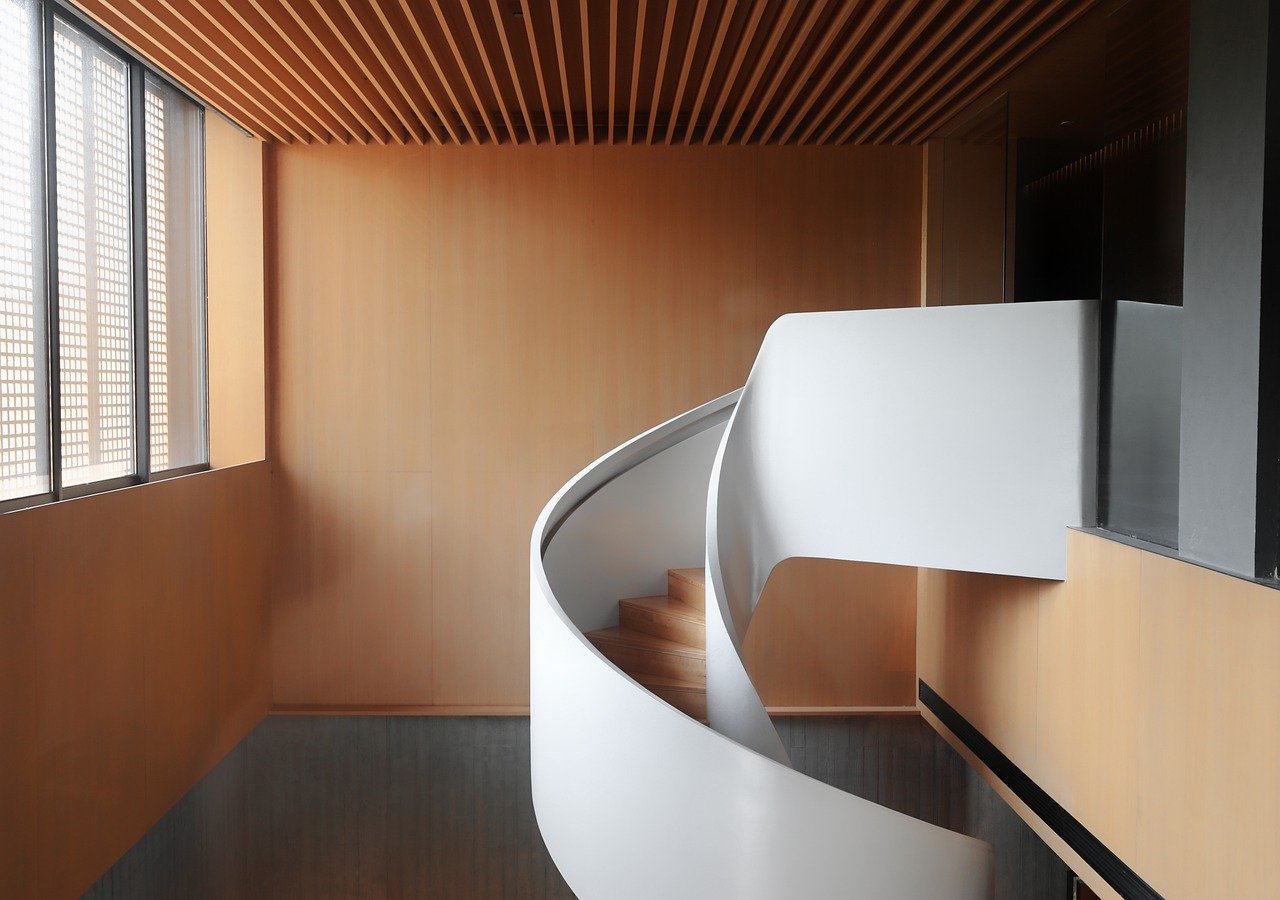
Energy Efficiency
Reduced Energy Bills
One of the primary benefits of an eco-friendly home is its ability to reduce energy consumption. By implementing energy-efficient appliances and insulation, we can significantly lower our utility bills. For instance, energy-efficient windows and doors minimize heat loss in the winter and keep our homes cooler in the summer.
Renewable Energy Sources
Using renewable energy sources like solar or wind power can drastically cut down on our reliance on non-renewable energy. Solar panels not only reduce our electricity bills but can also generate enough power to sell back to the grid, giving us potential financial returns.
Environmental Impact
Lower Carbon Footprint
By transitioning to an eco-friendly home, we can significantly reduce our carbon footprint. This reduction comes from energy-efficient appliances, better insulation, and renewable energy sources, all of which decrease greenhouse gas emissions.
Sustainable Materials
Building or renovating our homes with sustainable materials like bamboo or reclaimed wood lessens the need for new resources. These materials are often more durable and can contribute to a healthier indoor environment, free from harmful chemicals.

Health Benefits
Improved Air Quality
Eco-friendly homes often have better ventilation systems and use non-toxic building materials. These elements can greatly improve the air quality inside our homes, reducing allergens and pollutants that can harm our health.
Reduced Exposure to Harmful Chemicals
By choosing natural cleaning products and avoiding synthetic materials, we reduce our exposure to potentially harmful chemicals. This step can lead to fewer respiratory issues and skin irritations.
Financial Benefits
Increased Property Value
Eco-friendly homes often attract higher market values and can sell faster than traditional homes. Potential buyers recognize the long-term savings and health benefits associated with sustainable living.
Tax Incentives and Rebates
Governments and local authorities offer various tax incentives and rebates for homeowners who invest in energy-efficient updates. These financial incentives can cover a significant portion of the initial investment.
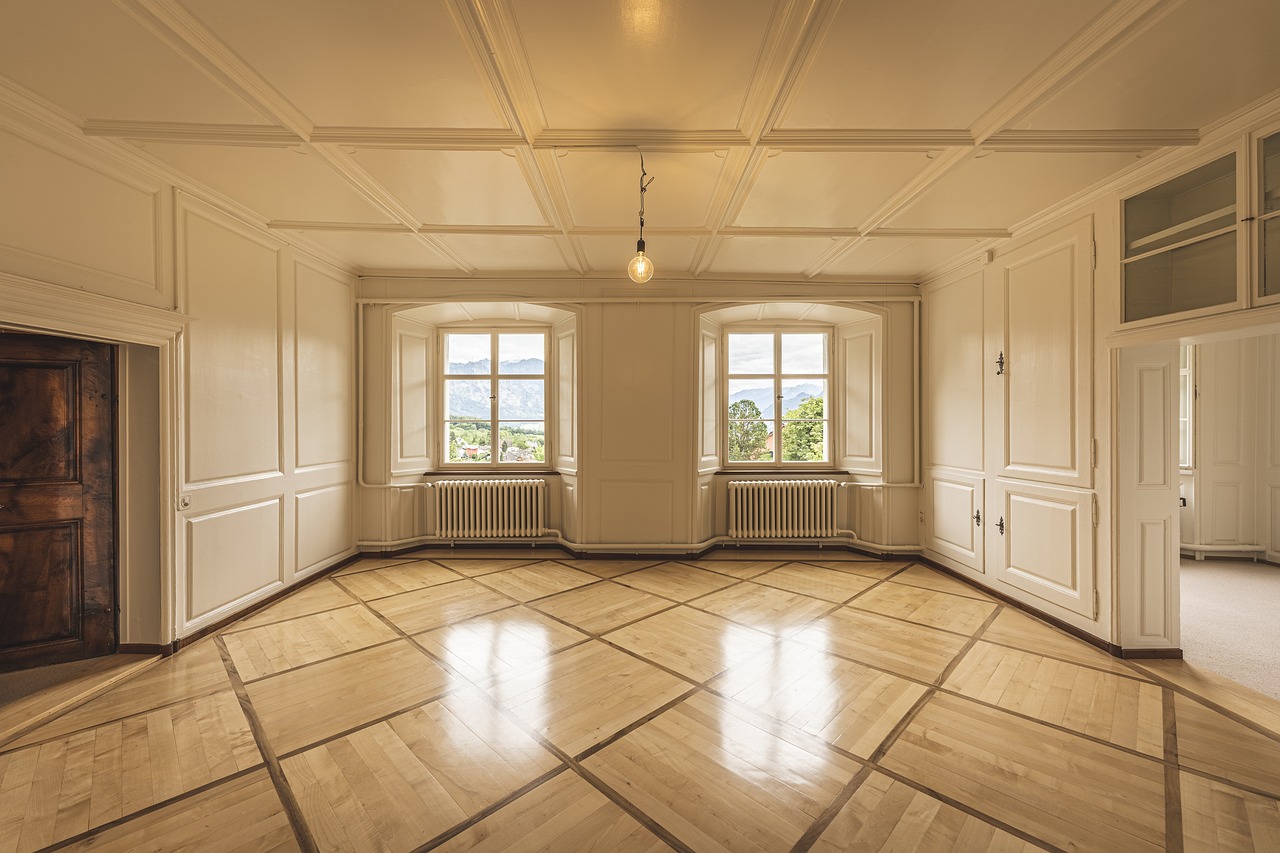
Comfort and Convenience
Enhanced Indoor Comfort
Proper insulation, energy-efficient heating, and cooling systems create a more comfortable living environment. We won’t have to worry about drafts or inconsistent temperatures, leading to a more enjoyable home life.
Smart Home Technology
Integrating smart home technology can make our lives easier and more efficient. Automated lighting, heating, and security systems not only save energy but also add convenience to our daily routines.
Long-term Sustainability
Durability and Low Maintenance
Eco-friendly homes are often built with high-quality, durable materials that require less maintenance over time. This results in fewer repairs and replacements, saving us money and reducing waste.
Future-proofing Our Homes
As environmental concerns grow, the demand for eco-friendly homes is likely to increase. By investing in sustainable features now, we’re future-proofing our homes and ensuring they remain desirable and valuable.
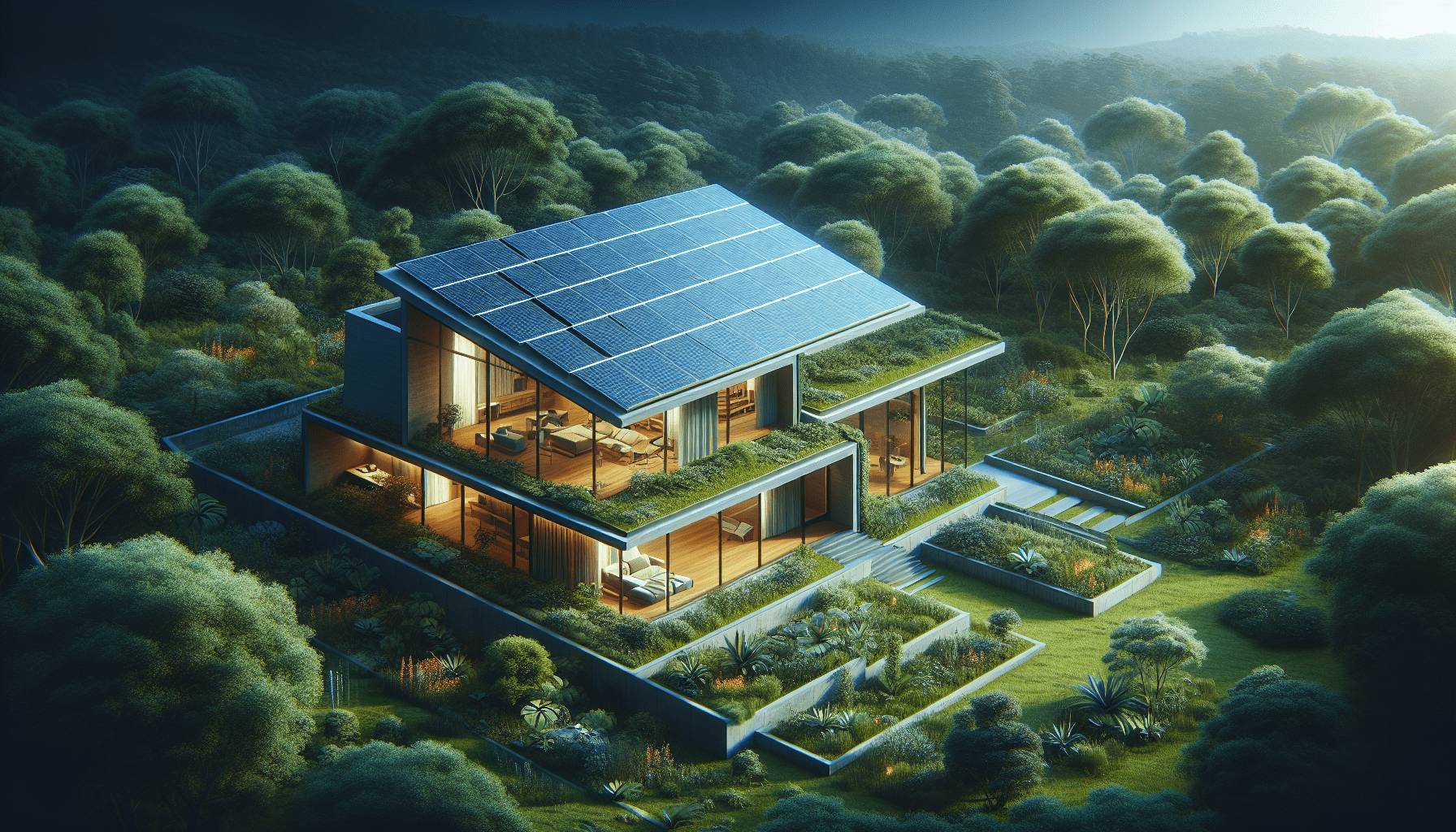
Social Responsibility
Setting an Example
When we choose to live in an eco-friendly home, we’re setting a positive example for our community. This can inspire others to adopt sustainable practices, amplifying the environmental benefits.
Supporting Eco-friendly Companies
By supporting companies that produce sustainable products and services, we’re contributing to a growing market that prioritizes the environment. This shift can lead to more innovation and advancement in eco-friendly technologies.
Practical Steps to Create an Eco-friendly Home
Conducting an Energy Audit
Before making any changes, it’s useful to conduct an energy audit to identify areas where we can improve our home’s energy efficiency. Professional auditors can provide detailed reports and suggestions.
Upgrading Insulation
One of the most effective ways to improve energy efficiency is by upgrading insulation. This ensures that our home remains at a comfortable temperature year-round without over-relying on heating and cooling systems.
Installing Energy-efficient Windows
Energy-efficient windows are designed to prevent thermal loss. By installing these, we can keep our home warmer in the winter and cooler in the summer, which in turn reduces our energy consumption.
Using Energy Star Appliances
Energy Star-rated appliances consume significantly less energy compared to standard models. By replacing old appliances with these, we can cut down on our energy usage and save money on utility bills.
Incorporating Renewable Energy Sources
| Solar Panels | Wind Turbines | Geothermal Systems |
|---|---|---|
| Photovoltaic (PV) panels convert sunlight into electricity. | Wind turbines generate power from the wind, which can be particularly beneficial in windy areas. | Geothermal systems use the earth’s natural heat to warm and cool our homes. |
Water Conservation Techniques
Incorporating water-saving fixtures and systems can help us reduce water usage. Low-flow toilets, showerheads, and faucets can make a significant difference, as can rainwater harvesting systems for irrigation.
Utilizing Sustainable Building Materials
When renovating or building, opting for sustainable materials such as bamboo, recycled metal, and reclaimed wood can lessen our environmental impact. These materials are often more durable and healthier for the indoor environment.
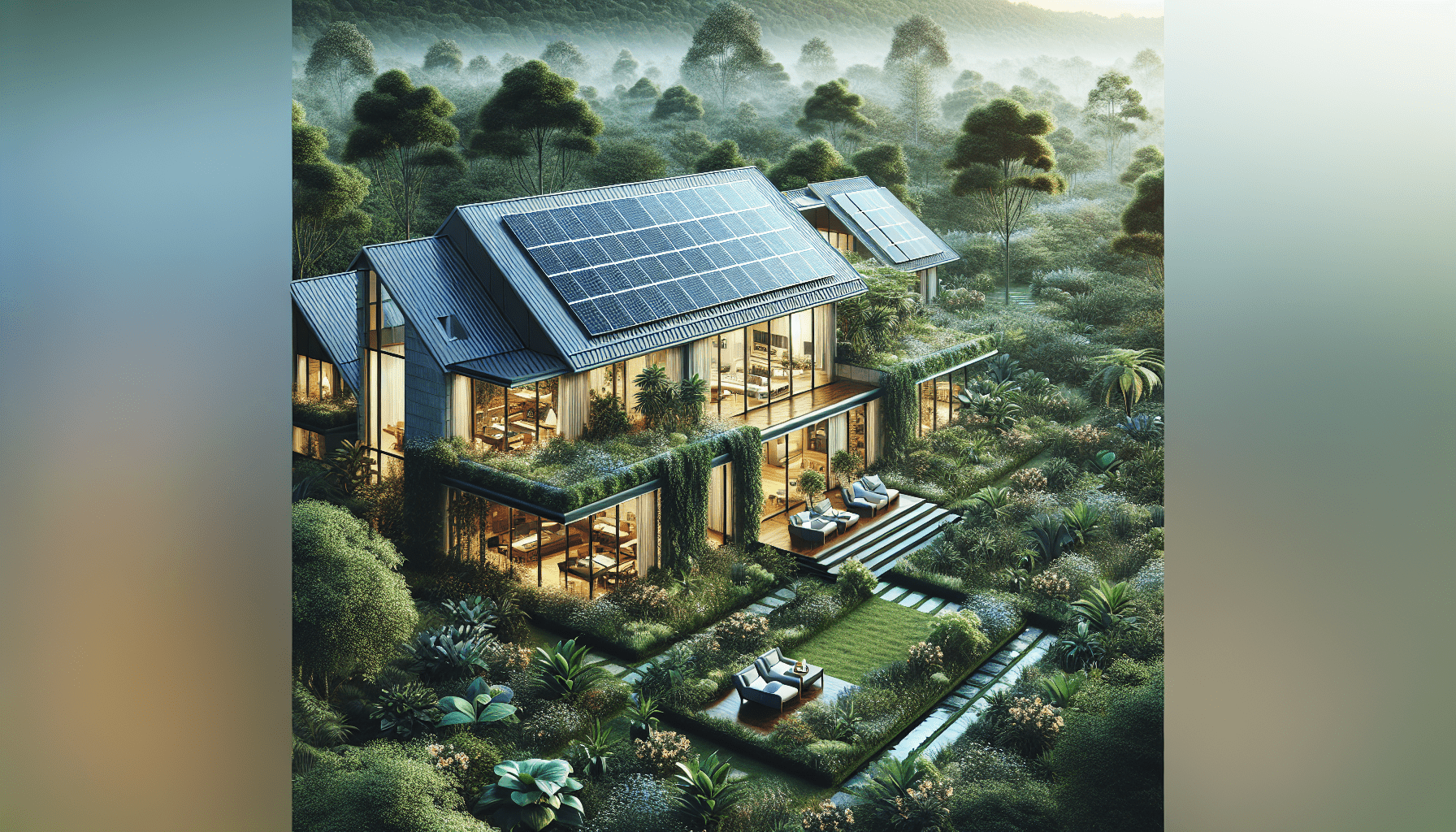
Challenges and Solutions
Initial Costs
Initial investments in eco-friendly solutions can be high. However, the long-term savings on energy bills and potential tax incentives often offset these costs. Financing options and grants are also available to help manage upfront expenses.
Finding Qualified Contractors
Finding contractors skilled in eco-friendly building practices can be challenging. We recommend seeking certifications such as LEED (Leadership in Energy and Environmental Design) and researching contractors with a proven track record.
Continuously Updating Technology
Eco-friendly technology is constantly evolving. Keeping up with the latest advancements can be daunting, but it’s beneficial to stay informed through credible sources and industry news to ensure our home remains efficient.
Case Studies
The Benefits Observed in Eco-friendly Households
Case studies of households that have adopted eco-friendly practices show significant benefits. From lower energy bills to improved health and increased property value, the evidence strongly supports the shift toward sustainable living.
Success Stories
Many families have successfully transformed their homes into eco-friendly havens. Stories range from individuals installing solar panels to entire communities adopting green building standards, highlighting the feasibility and benefits of making the switch.
Conclusion
Living in an eco-friendly home offers a multitude of benefits that extend far beyond just reducing our environmental impact. From financial savings and health improvements to enhanced comfort and social responsibility, the advantages are extensive. Implementing eco-friendly practices can be simple and highly rewarding, and the steps we take today will have lasting positive effects on our lives and the planet.
So, what are the benefits of an eco-friendly home? As we’ve discovered together, they are numerous and impactful, making the decision to move toward sustainability a wise and beneficial choice for us all.

